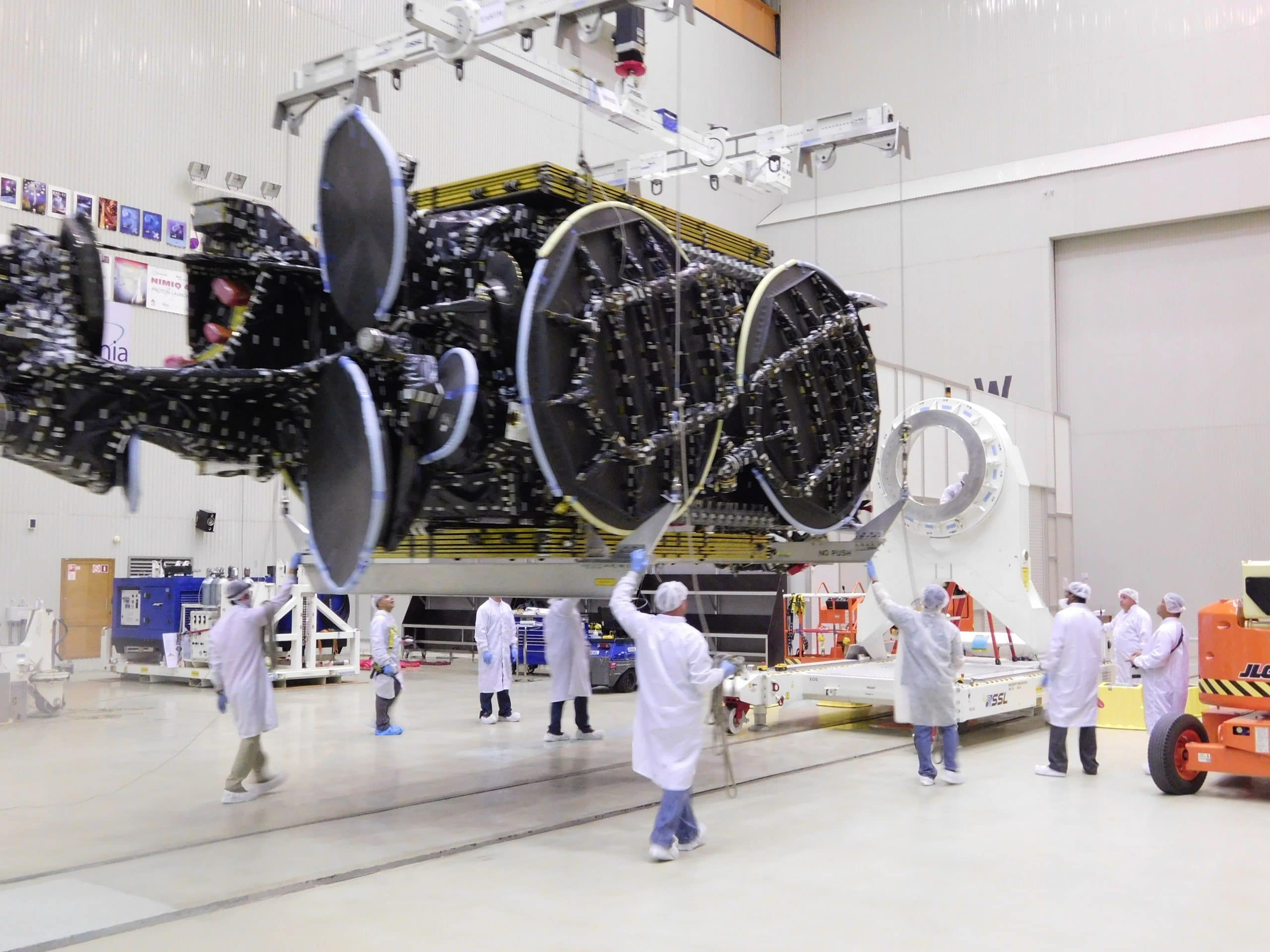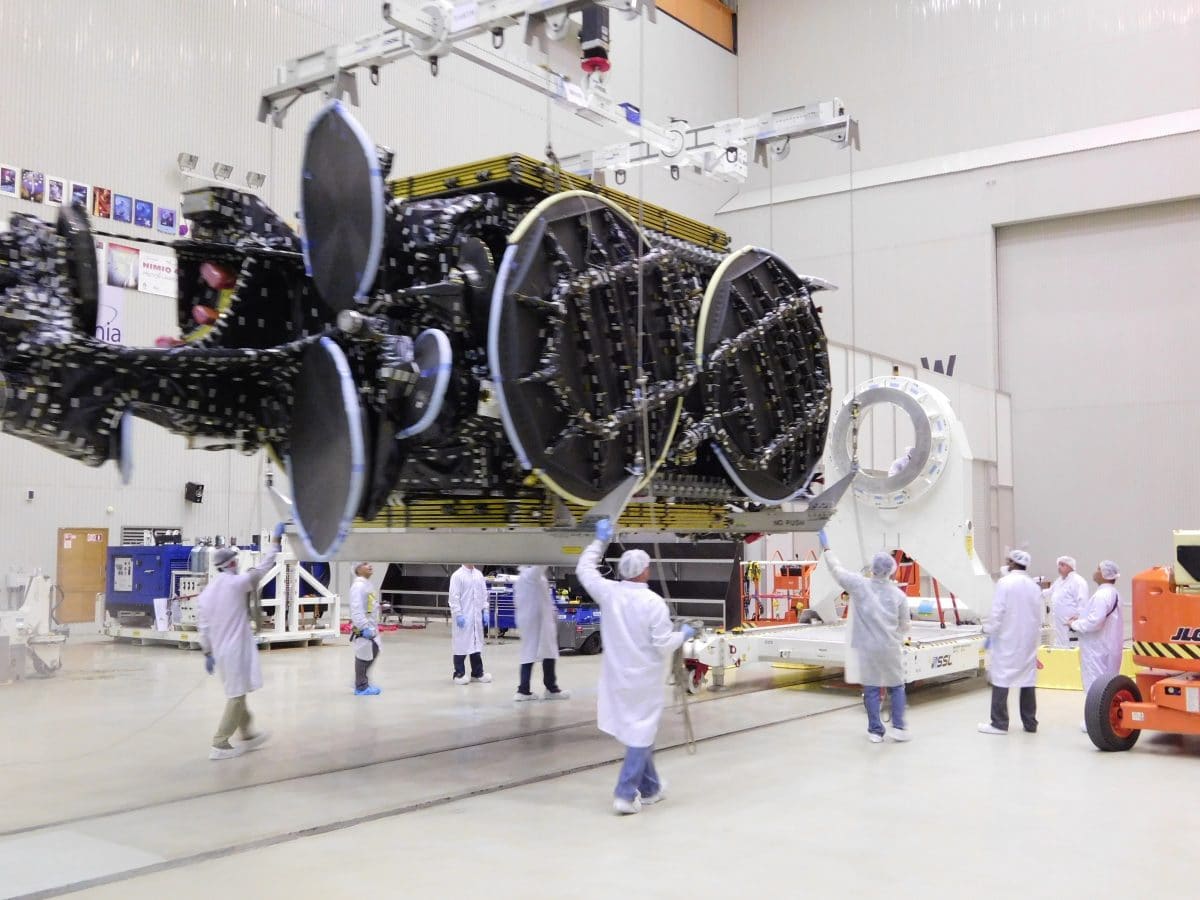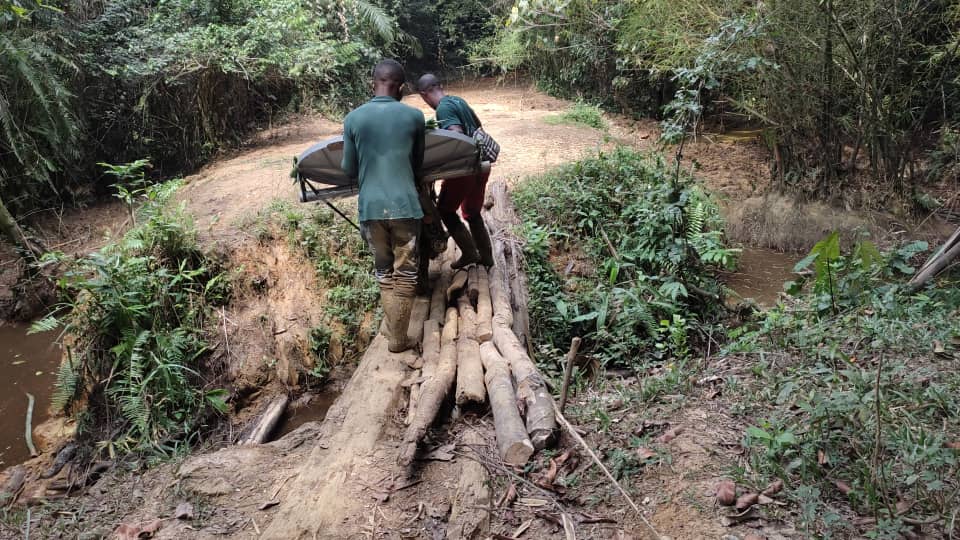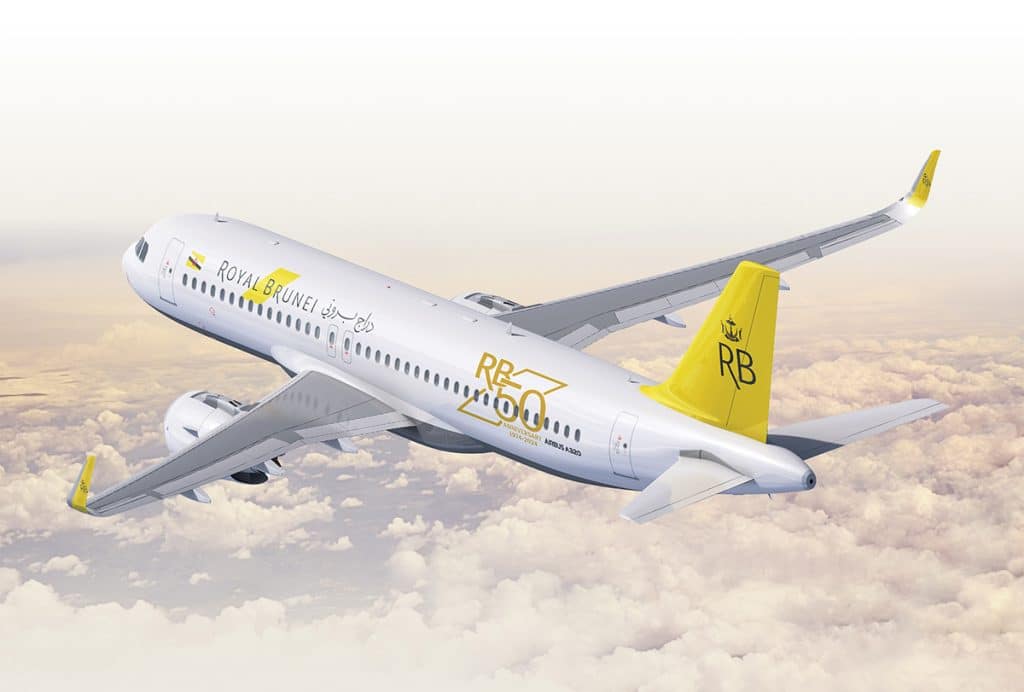Intelsat 31 Launch: To Baikonur and Beyond!
By Jon Harborne, Senior Manager, Intelsat Spacecraft Program Office
On 28 May 2016, Intelsat will launch the Intelsat 31 (IS-31) satellite, which features the DLA-2 Ku-band payload for DIRECTV Latin America. The satellite will launch into orbit aboard an International Launch Services (ILS) Proton rocket from the Baikonur Cosmodrome in Kazakhstan to its destination at 95° West. There, the satellite will be collocated with Intelsat 30, which hosts the DLA-1 payload and was successfully launched in 2014, providing redundancy and resiliency for services in Latin America.
IS-31, manufactured by SSL, is almost a clone of IS-30. The two programs were run as one, with a single design cycle and construction timelines separated by only four months so the same team was able to build both satellites. At 8.641 meters tall, IS-30 and IS-31 hold the record for the tallest satellites SSL has ever built and are just 4” short of the maximum height possible in the SSL facilities!
In order to prepare for the launch, I arrived in Baikonur about a week ago. Intelsat 31 marks my twelfth launch and my second from this locale. Luckily, it is springtime here, and the temperature has been a balmy 50-60° F (~15° C) since I arrived.
On Sunday, 24 April, 2016, IS-31 left the SSL factory to begin its journey to the launch pad. The spacecraft and all of the support equipment for the launch campaign were driven to Moffett Field in Mountain View, California, and carefully loaded aboard an Antonov 124 aircraft (one of the largest aircraft in the world). After stopovers in Iceland, and Moscow for refueling, the precious cargo arrived on 26 April at Yubileyniy airport, about twenty miles from the Proton processing facility in Baikonur.
Unloading the spacecraft and equipment from the Antonov and transferring it to the processing facility was no simple task. Some equipment could be taken by road, but the spacecraft container itself was transferred by train. (For this purpose, a rail track comes right to the edge of Yubileyniy airfield, and connects through to the integration hall of the Proton Technical Complex.) Unloading the satellite required the plane to be aligned such that a crane could lift the container off the unloading ramp of the Antonov, gently swing it round and carefully place it on the flatbed railcar.
The next car on the train is a large self-contained air conditioning unit, with two thirty-foot long, one-foot diameter hoses which connect up to the spacecraft shipping container. The sole purpose of this car is to keep the spacecraft environment within allowed limits at all times.
Once everything was in the right position, the railcar carrying the spacecraft container set off, then sidled into the integration hall approximately five hours later. Here again, an overhead crane was used to lift the container off the railcar and onto the floor of Hall 101. Next, the SSL mechanics took over and methodically removed the container lid, lifting the spacecraft out of the container and attaching it securely to the handling dolly with 48 bolts affixed for just this purpose.
Finally, the spacecraft was moved into Hall 103 where it was connected to SSL test equipment for a full functional checkout spanning several days of round-the-clock testing.

To support all these activities, SSL has sent a crew of 28 mechanical and electrical technicians, engineers and support staff, and they will be swapping teams in and out as the launch campaign progresses. ILS has a team of six in Baikonur for this campaign, supported by six Russian-English interpreters. I am the lone representative from Intelsat so far, but several of my colleagues will be joining me over the next few weeks. As of this writing, the launch vehicle is en route and expected to arrive at Tyuratam station any day now so we can begin the integration process. Stay tuned for more updates on #Intelsat31 from the rest of the Intelsat crew and me in Baikonur!






















